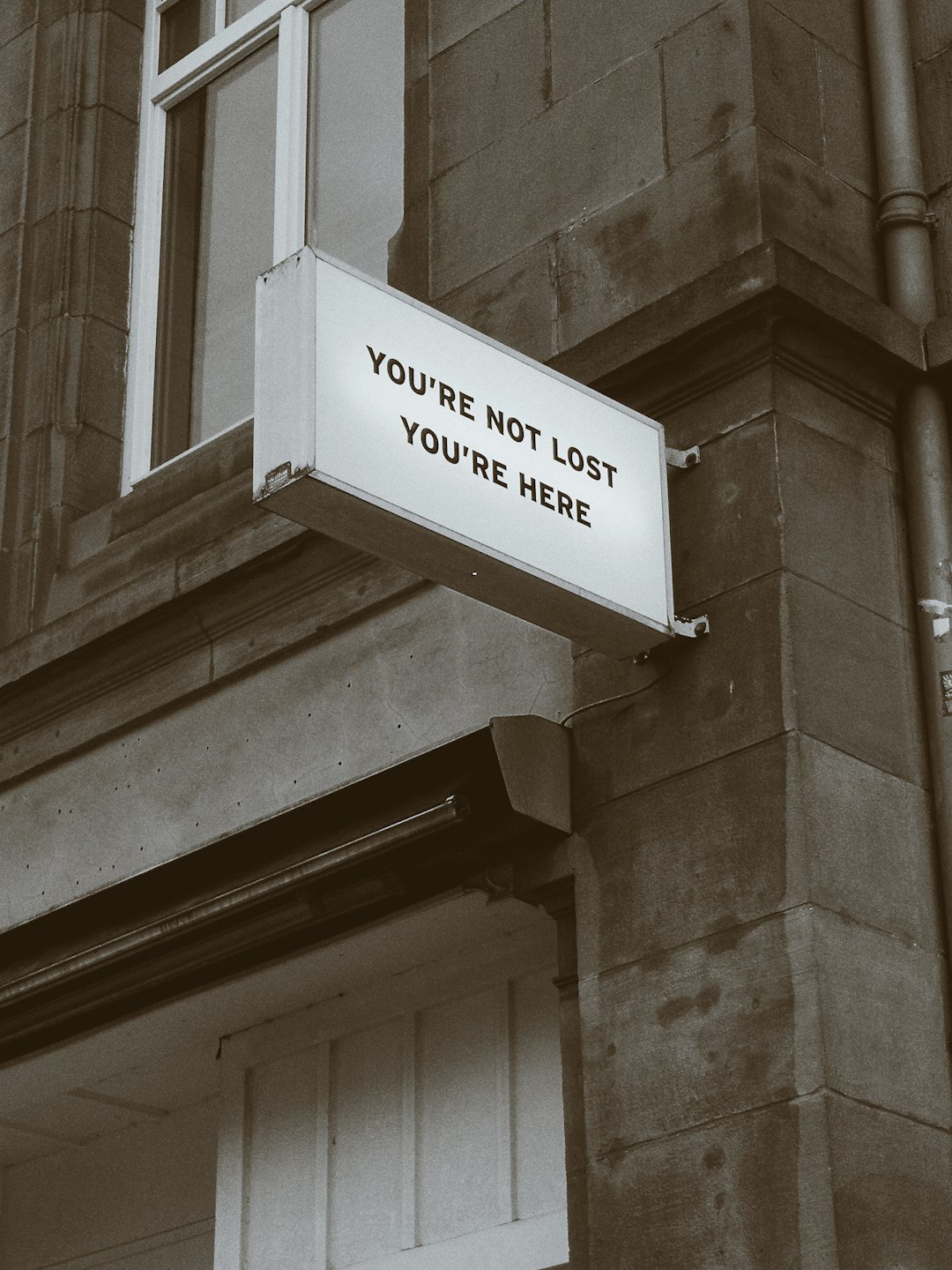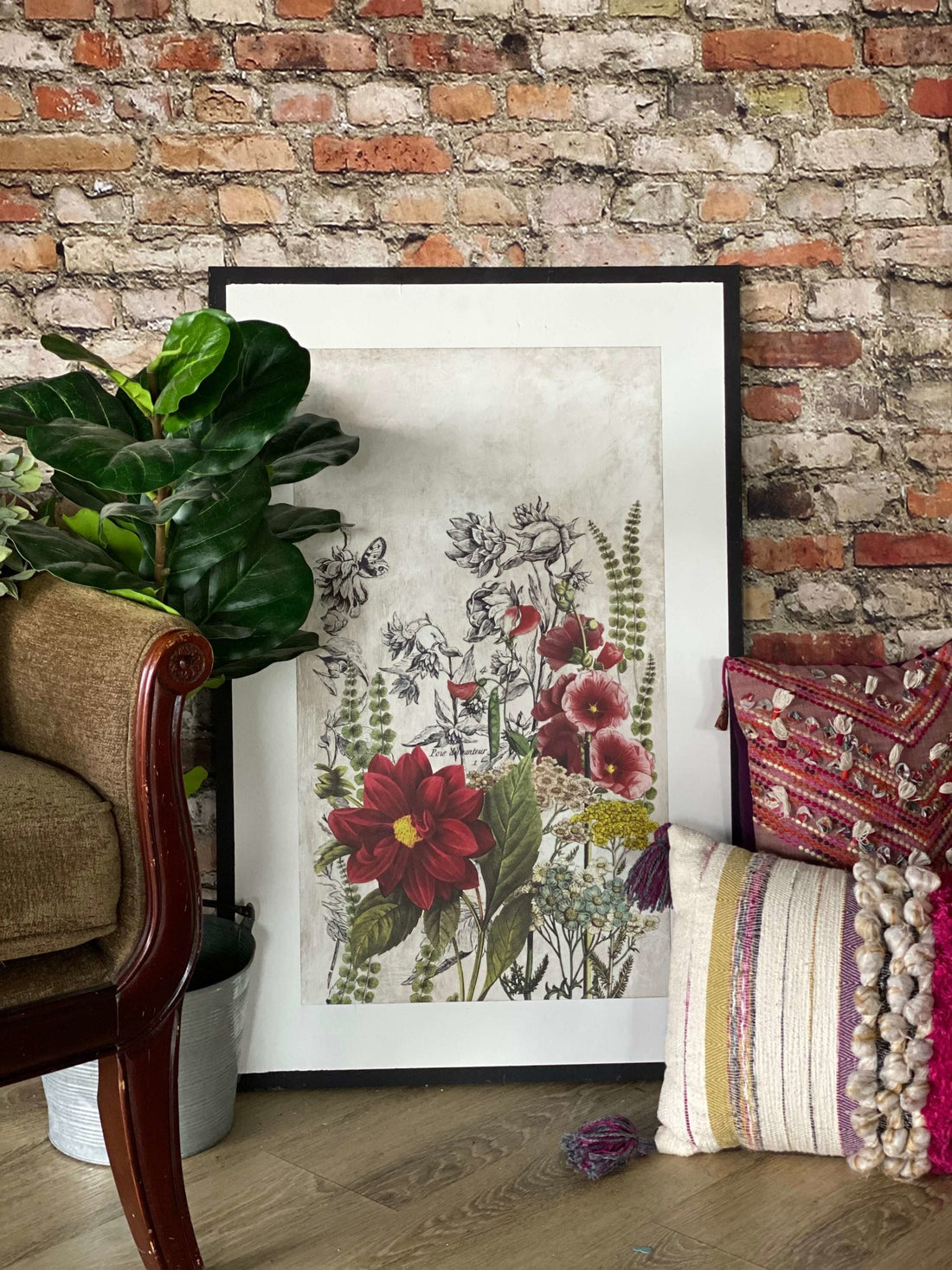IOD Gallery Wall Midnight Garden Part 2 - Episode 9
We FINALLY finished up our IOD Gallery Wall Series with the last two pieces: Midnight Garden 1 and Midnight Garden 2. You can make these two pieces at the same time – we just broke them down into separate tutorials so that they’re easier to follow if you’re tight on time. (Go here to see Part 1 with Midnight Garden – you’ll notice many of the pre-steps are very similar.)
No time now? Pin this post for later.
To start at the beginning of the IOD Gallery Wall Series and get the plywood cut plan for the complete wall, please see this post. Or, if you want to WATCH the complete Gallery Wall Series, click here.
Watch our step-by-step video tutorial below or keep on scrolling if you prefer reading. (This was originally recorded as a Facebook Live, so the audio doesn’t always line up exactly but all the details are there. 😆)
HERE’S EVERYTHING YOU NEED FOR THE IOD GALLERY WALL – Midnight Garden Part 2 Wall Art
All IOD products can be purchased from an approved stockist. To find a shop local to you, click here. To find an online store, click here.
(This post contains affiliate links.)
- 23.5 x 36” piece of 3/4″ thin sande smooth plywood
- Midnight Garden Transfer from IOD
- Chalk style or mineral-based decor paint in a soft white (your stockist can recommend a high-quality brand)
- Water-based polyurethane topcoat
- Paintbrush or IOD silicone paint blade (available from your local stockist late Spring 2021)
- 3” Painter’s tape
- Fine tip permanent ink black art pen
- For the color wash, you’ll need a plastic cup, some water, and a chip brush
- Lint-free shop cloth
- Clear wax and dark wax
- Wax brush (this is just a regular oval paintbrush that you only use for wax)
- Hammer
- Saw tooth picture hanger
- Ruler (if you don’t like to eyeball when taping off the faux matboard)
Step-by-Step Instructions for DIY Vintage Floral Wall Art in the IOD Gallery Wall
Step 1: Apply a base coat of paint in soft white.
You can use our new silicone paint blade to get thick coverage. Or, if you’re using a paintbrush, you may need to apply two coats (let fully dry in between).
Step 2: Seal with a high-quality water-based top coat.
Apply a thin, even top coat and allow it to dry completely. Don’t skip this step as sealing enhances the adhesion of the furniture transfer.
Step 3: Create the faux matboard and frame with masking tape.
For this last piece, we’re creating the illusion of a white matte with a narrow dark faux frame. To do this leave about ¾” perimeter around the outside of the tape. (You can either measure and mark this or eyeball it.)
Run your finger around the inner edge of the tape make sure it’s firmly adhered to your board.
Use a fine tip permanent black ink art pen, draw a line right up against the tape. This will establish the edge of the faux mat and create the appearance of shadow and depth, just like a real matboard.
Tip: Go light with the pen so you don’t accidentally move the tape. Also, take your time – go slow. This will help keep your pen on track.
If you want a mitered edge or just want to get a little fancier with your faux matboard and frame, check out this tutorial.
Step 4: Position and rub on the transfer.
This tutorial uses a transfer in the new pad format. But, don’t worry if you have an IOD transfer that came in a tube. You’ll just need to use scissors to cut the image to fit your piece of wood.
For this piece, you’ll be using the last two sheets of the Midnight Garden Transfer. Tear out the pages along with the non-stick backing. Then layout the transfer with the backing to get an idea of the alignment of the image.
When you’re ready to apply the transfer, remove the non-stick backing. Use the gridlines on the transfer to line up the image with the bottom and sides of your mat. Once you’re happy with the position, rub your hands over the transfer to lightly adhere it to the gallery board. Then, use the IOD transfer tool to rub on the image.
Step 5: Burnish the Transfer.
Cut a palm-sized piece of the grid-lined backing and rub it over the transfer. This ensures full adhesion of the image onto your DIY wall art.
Step 6: Apply the top half of the transfer.
This step is only for if your transfer came in the pad format. When applying, make sure to arrange the transfer piece so that it fits with the design. The easiest way is to focus on the flowers and use the seam between the stems. Don’t stress – even if you are a little off, these transfers are forgiving! Start transferring the image at the seam and then move outward toward the edge of the design.
Josie shows you in detail how to line up the images in the video if you’re looking for some extra guidance.
Burnished the top part of the Midnight Garden Transfer.
Step 7: Apply the color wash to create a look of old parchment.
Start by mixing the color wash. Combine approximately 3 parts water to 1 part paint – you can use the same soft black paint from the faux paint.
Brush on the color wash (also called a glaze) in a cross-hatch pattern. Make sure your brush isn’t dripping with paint when you do this.
Do one section at a time, pausing to blot the paint with a damp, crumpled shop towel. Loosely go over the transfer, then move the glaze around using a shop towel. Wipe away spots you want lighter and layer on the glaze where you want it darker. This is your chance to play to get just the look you want!
You want to use a “pounce and twist” method to blot the color wash to avoid a repeated pattern. (This is the IOD version of the “bend and snap” – anyone else a fan of the movie, “Legally Blond”? 😆 😆 😆 )This is where you change the position of your hand every time you blot with the shop cloth.
Let your piece dry completely before moving on to the next step.
Step 8: Pull up the tape – the most SATISFYING part!
You can do this step when the paint is wet or dry- as long as you’re using a chalk type or oil based paint. If you chose a latex paint there is a much higher chance that the paint will tear when the tape is pulled (so DON’T USE latex paint for this project, please!).
The trick here is to pull the tape “out and away” from the center of your piece. Go slow as you do this to reduce the risk of messing up your paint.
Step 9: Seal your piece and hang it on your IOD Gallery Wall.
Apply a thin coat of matte water-based polyurethane and allow it to fully dry. Center and hammer in the picture hanger into the back of the piece. Hang in your gallery – then stand back and admire your work!
Will you be making an IOD Gallery Wall? Let us know in the comments below.
Is this your first gallery wall piece? Here’s a mix of other DIY wall art tutorials you might like.
Here are all the other IOD Gallery Wall tutorials in this series:
















